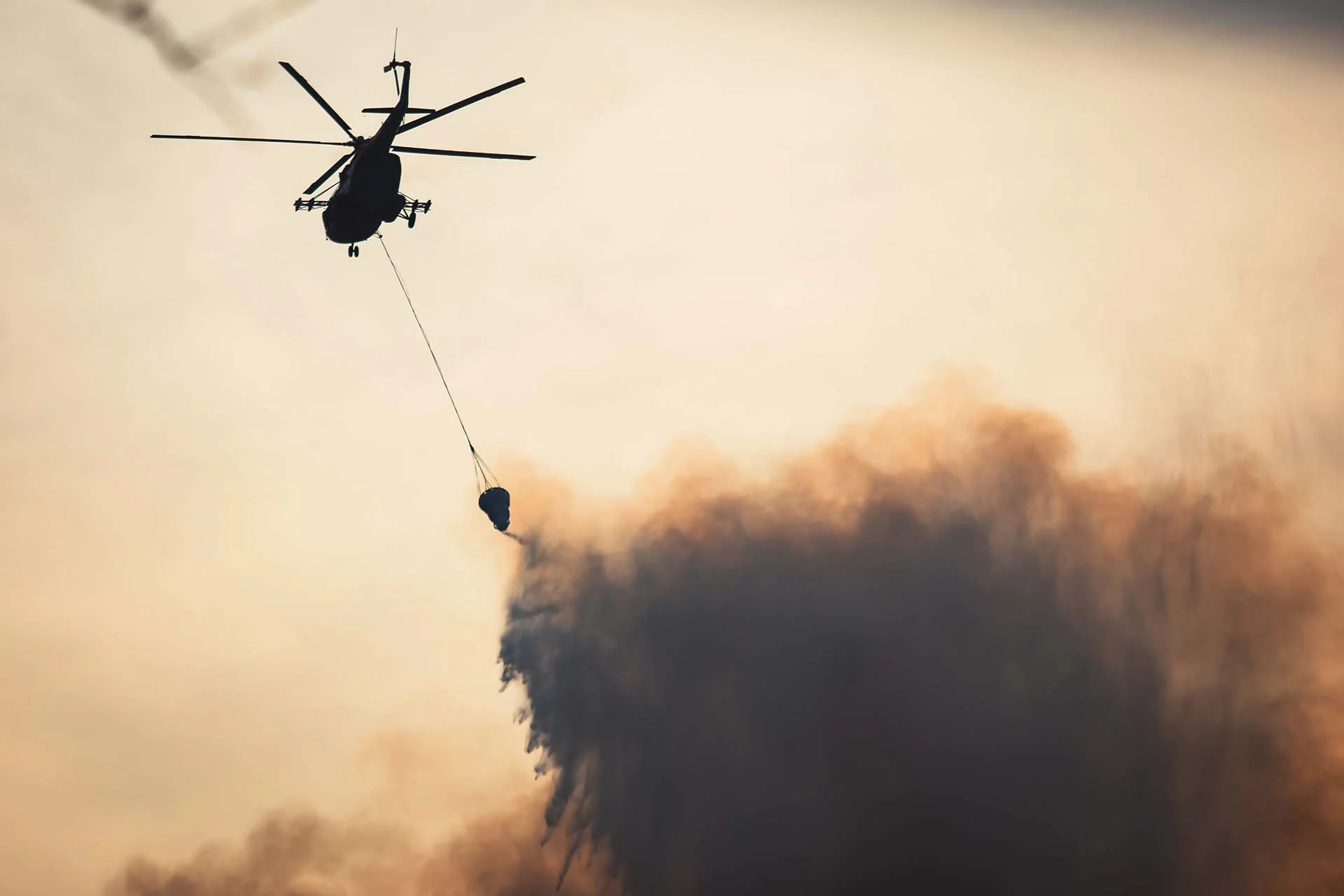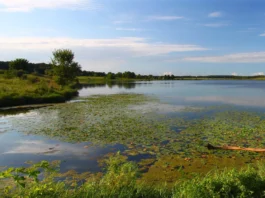Could the difference between a controlled fire and devastation come down to something as simple as filling a tank of water? Mark Whaling, a retired firefighter from Los Angeles County, believes it can, and he’s proving it with Heli-Hydrants.
Whaling vividly recalls battling a wildfire in the early 2000s, when he watched helplessly as a nearby million-gallon water tank remained unused. Ground teams had hydrants every few hundred feet, but helicopters had to fly miles away to find water. This inefficiency wasn’t just frustrating; it allowed fires to spread unnecessarily.
Inspired by that day, Whaling developed the Heli-Hydrant, a compact water tank designed specifically for helicopters. These tanks rapidly fill from city water systems and allow helicopters to refill in seconds rather than minutes. This cuts crucial travel time, enabling aircraft to drop more water on fires more frequently.
The first real test came during the 2020 Blue Ridge Fire in Yorba Linda. Pilots immediately saw the difference. Instead of distant lakes or ponds, often dry or inadequate, helicopters refilled at nearby tanks, swiftly containing fires and preventing greater damage.
Today, Southern California boasts ten active Heli-Hydrants, with sixteen more under construction. Communities like Cabazon, vulnerable to wildfires, are among those embracing this practical innovation. Though each tank costs roughly $300,000, local leaders see this as essential for protecting lives and property.
Cabazon’s general manager Michael Pollack explains why communities prioritize these installations: “Living here means wildfire risk. These hydrants give our residents a vital sense of security.”
A standout feature of Heli-Hydrants is remote activation. Pilots trigger the tank’s refill using a simple radio signal, making the entire process quick and independent of ground crews. Solar panels and backup batteries ensure tanks function during power outages, and nighttime lighting helps pilots navigate safely.
Pilot Ben Brown, who operated helicopters during the 2023 Garden Fire in Fallbrook, used a local tank nearly 40 times in just one firefighting operation. “Having water nearby changed the game entirely,” he said, “especially in our dry areas.”
But Heli-Hydrants aren’t a perfect solution. Challenges persist, particularly in dense urban areas with buildings and power lines. Deputy pilot Warren Voth notes helicopters sometimes opt for safer but more distant water sources if urban locations become too risky.
Moreover, city water supplies can become overwhelmed during extreme fires, as happened during Los Angeles’s Palisades Fire. Despite these limitations, Heli-Hydrants still offer significant advantages over portable tanks, which take longer to set up and require more resources.
As wildfire threats grow, driven by longer dry seasons and expanding residential developments, communities recognize the urgency of better solutions. Jake Wiley, manager of Rainbow Municipal Water District, experienced two catastrophic wildfires firsthand. Those disasters pushed his district to install their own Heli-Hydrant, instrumental in containing the Garden Fire.
“Each time you think you’ve seen the worst fire,” Wiley said, “another comes along. Every improvement helps.”
Whaling’s invention highlights a critical shift in firefighting strategy: rather than adapting aircraft to existing infrastructure, communities are building infrastructure designed specifically for aerial firefighting. The result? A safer, faster response that could save countless homes and lives.
Are Heli-Hydrants the key to more effective wildfire management nationwide? With growing installations and proven success, more communities may soon say yes.




